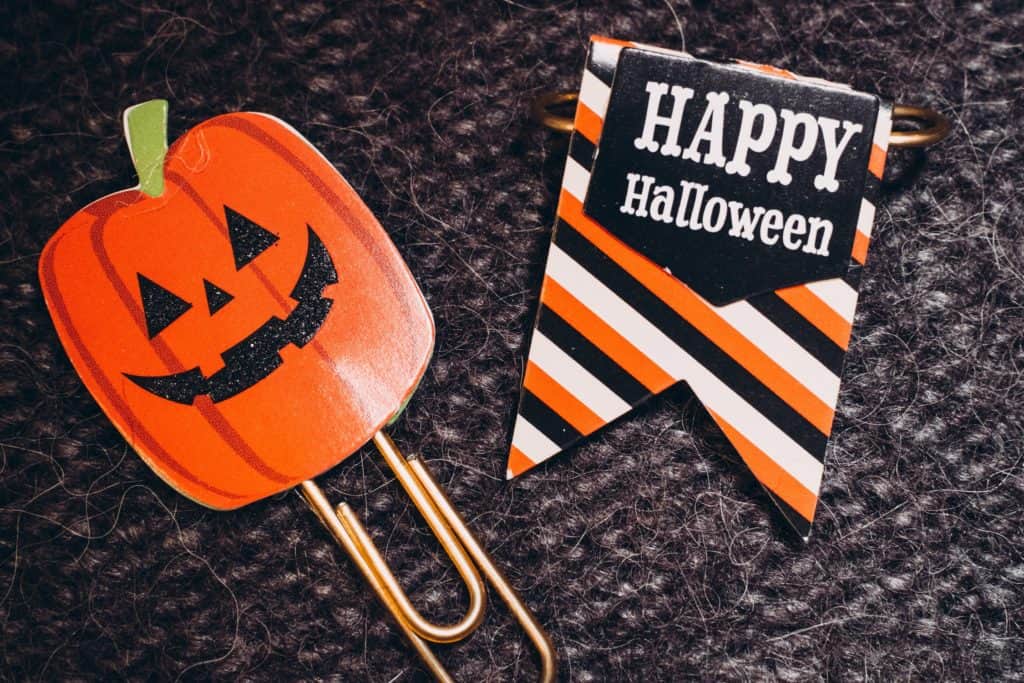For children, Halloween is one of the most anticipated holidays on the calendar. It’s one of the few days out of the year that gorging on candy and other sweet treats is actually encouraged, and best of all, the candy is gleefully given away for free by neighbors and friends. Many children will agree that Halloween is the perfect excuse to indulge in sugary sweets without guilt, and parents will find that there are ways to give in to the joy of their children’s candy consumption without causing too much damage to their children’s teeth.
The reality of tooth decay is that it doesn’t happen overnight. A single evening of gorging on Halloween candy, including some of the more popular retro-style candies that parents indulged in decades earlier — Bon Bons, Wine Gums, Rhubarbs and Custards — will not suddenly cause tooth decay in otherwise healthy teeth. One night of indulgence is far from catastrophic when regular dental care and protection are practiced throughout the year, which is why it is so important that parents maintain their children’s dental health year-round in order to ensure teeth are protected on occasions like Halloween when gorging on sweets is the main event.
It’s important to remember that different types of sweets do varying levels of damage on teeth, so one of the best things parents can do to prepare for Halloween is to learn about the various candies. Sweets that stay in the mouth for longer periods of time can be more detrimental to dental health simply due to the amount of time they have to cause damage. Lollipops, toffee, and gum are a few examples, and it is especially important that children brush soon after eating these items to prevent damage; however, children who wear dental appliances, including braces, should avoid these sweets entirely to prevent damage to the appliances. Little ones can still enjoy their favorite old-fashioned treats like Strawberry Lollies, Toffee Treacle, and Blackjacks, but they are best enjoyed when it’s easy to squeeze in an after-treat brushing to protect children’s teeth. Parents on the hunt for the best candies to hand out to trick-or-treaters should opt for candy bars and other items that are quickly devoured to prevent excessive tooth damage.
It is well-known that tooth decay, especially among children, can be caused by sugar, including Halloween candy, but it is often a combination of two factors that lead to tooth decay: too much sugar too frequently and a lack of preventative dental care. Regular brushing is the most important preventative step for both children and adults, but on Halloween, extra care should be taken to thoroughly brush teeth directly after eating candy. When this option is unavailable, children should rinse with fluoride water four times to get rid of as much sugar as possible, lessening the amount of time teeth are exposed to the sugar. Even rinsing with tap water can help flush the sugar out of the mouth and reduce the impact on sensitive teeth.
Children aren’t the only ones who should see Halloween as an excuse to indulge in sweet treats. Adults can splurge on favorite sweets, such as Friendship Rings, Drumstick Lollies, and Jelly Bean Love Hearts, and relive childhood memories of trick-or-treating. It’s also a great way to spend time with children, from collecting candy to caring for teeth after the big night. A night of candy indulgence can be fun as long as dental care is part of the routine throughout the year.
